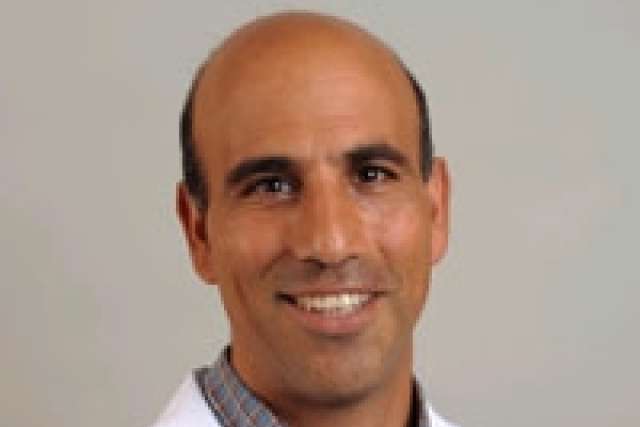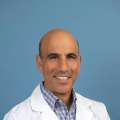Dear Doctor: I have Zenker’s diverticulum that, after 10 years, seems to be very large, judging by the volume it holds. At virtually every meal, I choke on food clogged in my esophagus, then I aspirate, then I cough for 10 minutes. Are my aspiration-related-pneumonia risks high enough to warrant surgery?
Think of the esophagus as a long tube connecting your mouth to your stomach. A Zenker's diverticulum occurs when a pouch forms in the back of the esophagus because of a weakness of the constricting muscles. Zenker's diverticula occur five times more often in males than females, with most patients developing the condition after the age of 60. The pouch that forms can be small, but can also be very large. Your symptoms fit the latter description.
With a minor Zenker's diverticulum, a person may develop bad breath or a gurgling in the throat. When the pouch is large, more severe symptoms can occur, such as a mass in the neck, regurgitation of food into the mouth and, lastly, potential aspiration of food into the lungs, which can lead to pneumonia. Your symptoms fit the description of a large diverticulum, so you’re right to be concerned.
Because your symptoms are so severe, and because pneumonia is dangerous, you should consider surgery.
Traditionally, the removal of a diverticulum was done via an incision in the neck and then removal of the muscle layers that separate the diverticulum from the esophagus. This type of surgery resolves symptoms in 90 to 95 percent of patients. But note that complications – which can include vocal cord paralysis, infection, and perforation of the esophagus – occur 11 percent of the time, with 3 percent of patients having nerve damage that leads to vocal difficulties.
Another option is to do the procedure by endoscopy, which doesn’t require cutting into the neck. Instead, the surgeon goes through the mouth with a tube called an endoscope, either a rigid one or a flexible one. This device allows the surgeon to look into the esophagus directly and then cut away the muscle – using a scalpel or a laser – separating the esophagus from the diverticulum.
The success rate of a procedure using a rigid endoscope, which has been in use since the 1960s, is 90 percent, with a complication rate of 8 percent. The biggest potential risk is of infection of the middle portion of the chest, which occurs in 2 percent of patients. Like traditional surgery, this procedure requires general anesthesia. Also, note that the diverticulum re-forms in 10 percent of patients.
Use of a flexible endoscope, which have been available for about 20 years, does not require general anesthesia, but often requires more than one treatment. The success rate is also about 90 percent, but the average rate of complications is lower, about 6 percent.
Endoscopic removal is more difficult in people with shorter necks. Also, younger patients -- those between the ages of 50 and 60 -- who have a large diverticulum would benefit from an open surgical approach.
In summary, if the Zenker's diverticulum is causing aspiration, I would recommend surgical treatment. Because the condition is very rare, you should find a doctor who is experienced in either the open or endoscopic approaches.
Robert Ashley, MD, is an internist and assistant professor of medicine at the University of California, Los Angeles.
Ask the Doctors is a syndicated column first published by UExpress syndicate.




